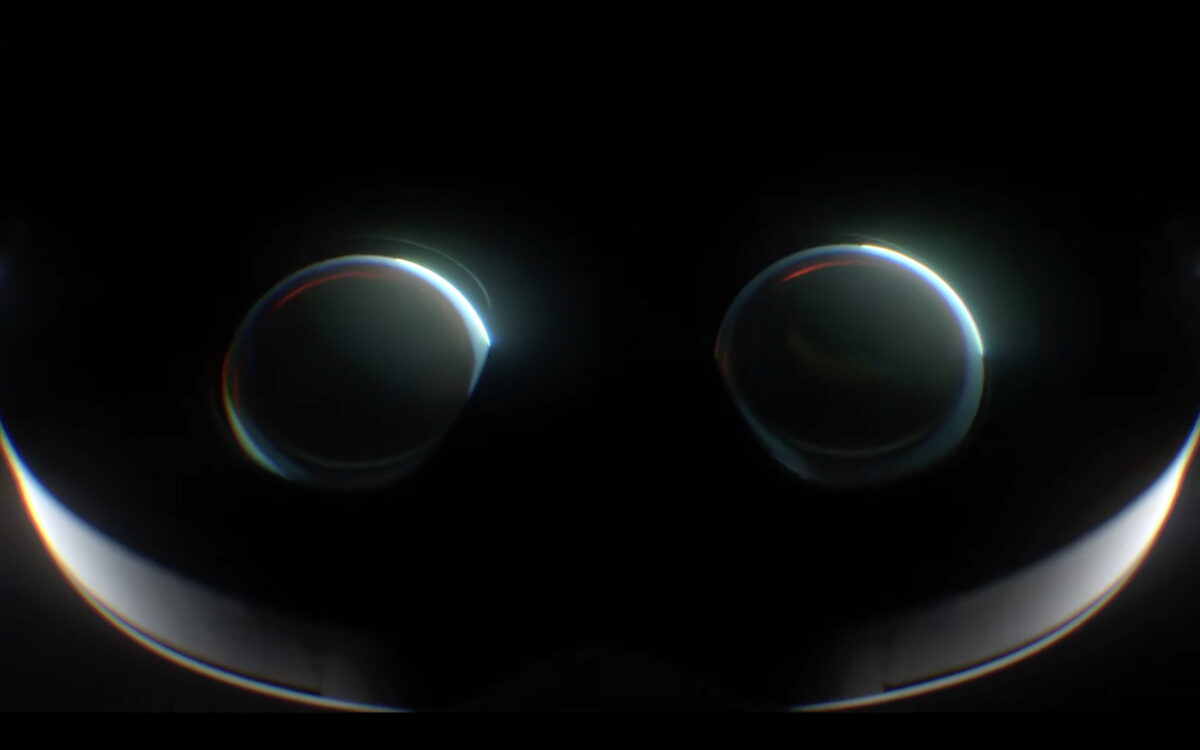Meta Quest Pro's eye tracking improves image quality

Meta Quest Pro's eye tracking could do more than previously thought.
A text explaining the eye-tracking features was discovered in the beta firmware of the Meta Quest 2. VR leaker Brad Lynch published the description on Twitter.
"Eye tracking is a feature on your Meta Quest Pro headset (also referred to as Meta Quest Pro device) that uses cameras to estimate the direction of where your eyes are looking. This feature is used to make your avatar's eye contact and facial expressions look more natural during your virtual interactions with other users and to improve the image quality within the area where you are looking in VR," it reads.
It further states that eye tracking can also be used as an input method for interacting with virtual content. According to the description, eye tracking will not be used to identify users. It will be possible to turn eye tracking on and off in the settings for individual VR apps or altogether.
Foveated rendering: a powerful rendering technique
While the other features of eye tracking (eye contact, input method) are confirmed or self-evident, the image enhancement mentioned in the text makes us sit up and take notice.
Could this mean Quest Pro will support foveated rendering? This rendering technique uses eye tracking to determine which area of the image the eye is currently focusing on, and only this area is calculated in all details. This saves a lot of computing power, which the developers could invest in a higher resolution or better graphics.
Quest Pro Eye Tracking feature explanations has been added to the most recent firmware PTC pic.twitter.com/motF1B3jh6
- Brad Lynch (@SadlyItsBradley) September 30, 2022
The Playstation VR 2's gaze tracking also supports foveated rendering, and according to early press reports, it does so with great benefit: the image looks exceptionally sharp without the reduced graphics being noticeable in the viewing periphery. In a GDC presentation, it was said that Playstation 5 can render 3D graphics up to 3.6 times faster with foveated rendering enabled - an enormous performance gain.
It is not yet known how accurately the foveated rendering works in Sony's VR headset. This will be clarified in more comprehensive tests in the spring when PSVR 2 is finally released.
Does Meta Quest Pro support foveated rendering?
Meta's description does not necessarily suggest foveated rendering for Meta Quest Pro, especially since Meta's head of technology Andrew Bosworth said almost a year ago that the rendering technology "does not yet bring that much in terms of performance" for standalone headsets.
However, the headset could also benefit from eye tracking in other ways: for example, by displaying the focused areas in certain VR apps with a higher resolution or by applying algorithms against image distortions. Both could lead to better image quality.
In any case, the description gives us hope that Meta Quest Pro still has one or two surprises in store, despite numerous leaks. The headset will be unveiled on October 11 and will go on sale in the same month.
Note: Links to online stores in articles can be so-called affiliate links. If you buy through this link, MIXED receives a commission from the provider. For you the price does not change.